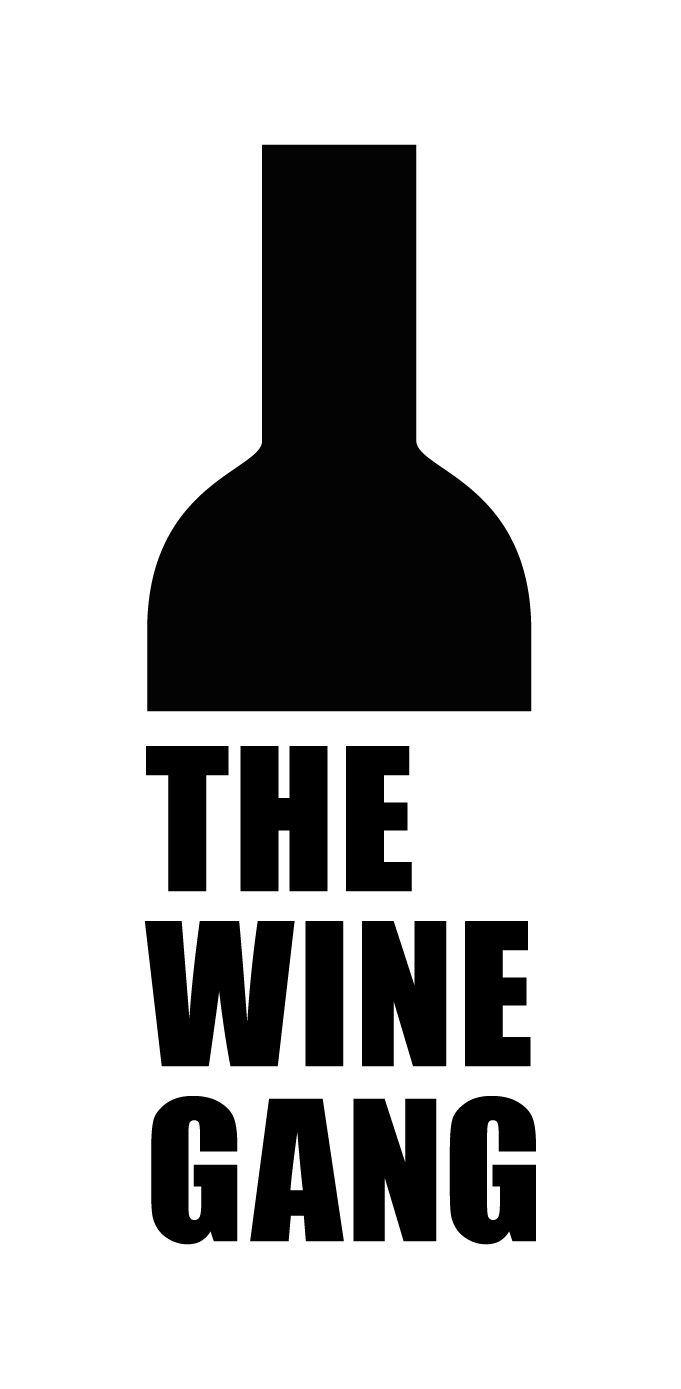An island of its own - Sicily En Primeur - Part 1
Can one grasp the complexity of thousands of years of geological changes and multicultural influences inside a glass of wine? Possibly not, but it is certainly a quest worth embarking on. If you’ve ever been to Sicily you’ll know that a fascinating feeling of complexity and intrigue permeates all experiences on and of the island: the landscape changes dramatically between undulating hills and chiselled escarpments; a single meal can be a parade of Spanish, Greek, Arab and Nordic influences; monuments embody singular combinations of multiple mythologies. It is impossible not to be stimulated by a place of such beauty (sometimes subtle, sometimes rough) and contrasts.
Having travelled to Sicily for the 2019 iteration of “Sicily en Primeur” to taste the new releases from Assovini’s members, it was once again inspiring to see how Sicilian wine has evolved, in quality and identity, over the past couple of decades, towards a better expression of what it can singularly be and of the true competitiveness it can have in international markets.
The history of wine – as of everything – in Sicily is as rich as it is complex. Sitting in a strategic position in the classical world, the island has for a long time been a key point of trade, commerce and military dispute. Settlers from multiple parts of the Mediterranean and beyond left gastronomic, cultural, political and social traces that have an impact on Sicilian life to this day. This of course included grape varieties, viticulture and winemaking. The specificity of the island’s climate and soils as well as its geographical position at a cultural and political crossroads, meant that varieties from different origins (namely Spain and Italy) settled and evolved into indigenous expressions, and multiple wine styles developed, informed by but transcending influences from elsewhere. And so the sweet Passito di Pantelleria, fortified Marsala, historical field blends, vinification in Palmento, complex pergola systems, and so many other wines and techniques emerged as part of a beautifully weaved combination of natural and human factors.
The pressures on the wine industry in more recent times have been significant: tourism and real estate are more attractive land uses; specialised labour is not abundant; placing the wine in international markets needs knowledgeable importers and trade professionals, able to present and explain the true differentiating points of Sicilian wine. A differentiation that the Sicilian producers for a while fought themselves and were encouraged to bypass: like in many other regions throughout southern Europe, the mid-20th-century was a time of lack of belief in local varieties and wonder at the commercial potential of the international ones, with replanting plans heavily subsidised by the central government.
Gradually – and fortunately – it soon became apparent that being competitive on the international stage needed to be achieved through character and heritage rather than volume and standardisation. And so a slow but steady reckoning, led by a vibrant generation of local but well-travelled winemakers and entrepreneurs, began a journey of reassessment and re-appreciation of the uniqueness of Sicilian terroir(s), indigenous varieties and winemaking traditions. This ultimately led to what is now considered a truly successful case study, with Sicilian wine gaining increasing exposure in the international on-trade (namely at premium level) and among a new generation of drinkers, hungry for products that convey a sense of place and uniqueness.
As mentioned, this journey has had a crucial impact in the evolution of Sicilian wines in the past couple of decades, and what the best examples poured during Sicily en Primeur are certainly an expression of:
An exploration of the wealth, character and potential of the indigenous grape varieties – these have developed and formed their full expression in the context of the Sicilian landscape which, in itself so varied (in altitude, soil profile, proximity to the sea, etc.) allows for different aspects of the same grape to be rendered;
The potential for longevity and development, not only because of the intrinsic mineral profile of most of the vineyards but also of the respectful age of the best vines. Also, Sicily’s temperatures and UV levels contribute to steady and mature phenolic ripeness. Such factors come together in wines that have enough power and subtlety to be aged. This is perhaps especially true of the whites, that combine the verticality of a mineral backbone with a wide mid-palate and elegant aromatics;
A lighter hand in winemaking in favour of a fuller expression of grape and terroir – the wines that stood out and have more of the above mentioned ageing potential are precisely the ones in which producers took a gentler approach (little or no temperature control, soft pressing, spontaneous fermentation, etc) letting the fruit speak for itself.
Lower yields in favour of fruit quality and careful selection;
Undaunted determination to build strong, sophisticated, premium-placed brands, unafraid of approaching international markets with higher (but just) prices.
In part 2 of this “Sicily En Primeur 2019” report we will focus on some of the producers and wines that stood out during my visits and tastings, looking at specific examples of the general comments above.
— posted by Ines Salpico





